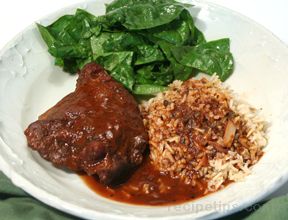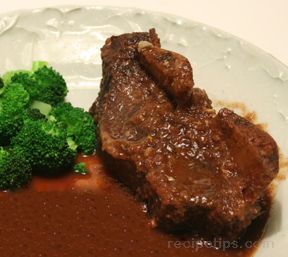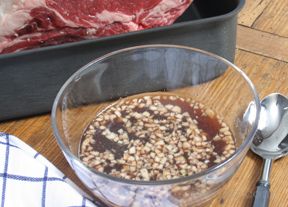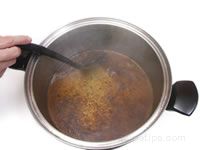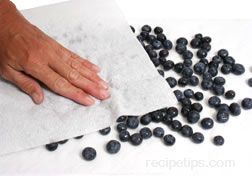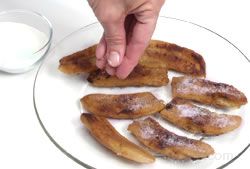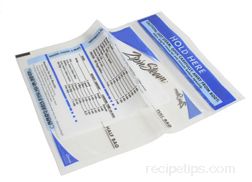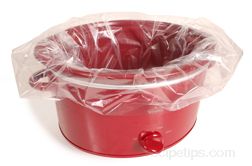Similar Content to: Vertical Tasting (wine)
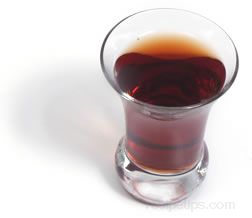
Table wines, which do contain alcohol, can also be used as a cooking wine and differ from commercial cooking wines by the lack of salt and the limited shelf life after being opened. However, since the alcohol is removed during cooking, many people keep inexpensive red or white wines available for use as cooking wines. A common dispute exists for the belief that inexpensive wines do not work as well as more expensive wines for cooking, which has lead many to suggest that a cooking wine should be a wine that one would normally drink. Since very cheap wines may lack in quality, heating a low quality wine may only serve to increase the poor qualities present. Select wines that are not the lowest of quality, but certainly not the highest in prices. Typical table wines with flavors ranging from delicate and dry, to sweet and rich, are commonly used in cooking, which include: red wine, white wine, and fortified wines such as Sherry, Port, and Vermouth.
Wines can be used in cooking to enhance or balance both the aroma and the natural flavors occurring in food. They can also be added as a means to tenderize meat, to add moisture to the foods being prepared and to deglaze cooking pans, such as sauté pans where the wine becomes a base for a sauce or stock within the pan, or as a finishing ingredient to provide a subtle sweetness to the food.
Typical types of table wine used for cooking may be Chardonnay, either a White Burgundy (a type of Chardonnay) or a traditional white Chardonnay, Sauvignon Blanc or Chablis, which are used to flavor sauces, fish, poultry, veal, and cheese dishes. Some of the sweeter whites, such as Johannisberg Riesling and Chenin Blanc are best when used for fruits, desserts or spicier foods. The red wines, such as Carbernets, Burgundy, Merlot, Zinfandels, and Pinot Noirs go best with savory dishes or rich foods, such as beef, lamb or duck, meat stews, and some of the richer spaghetti or fruit sauces. Fortified wines such as Sherry, Port or Vermouth with flavors ranging from dry to sweet, go well with fruits or desserts if they are sweet or with fish and poultry if they are dry. A common Italian fortified wine similar to sherry is Marsala, which is a cooking wine used as a flavoring for the popular poultry dish known as Chicken Marsala. Quality will be most important when using fortified wines, but still not exceptionally high in cost.
As a substitute to white wine for cooking, consider dry vermouth as a possible option. Since the vermouth will not be as acidic as the wine, it may assist in some respects or may provide a very minor flavor difference, depending on the type of white wine originally suggested for the recipe.





